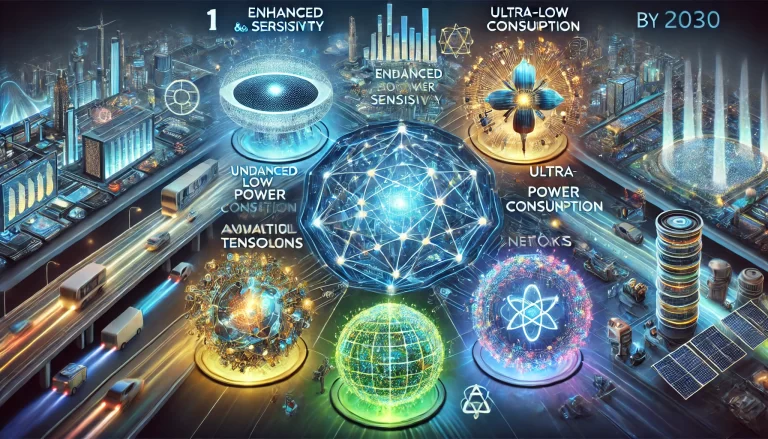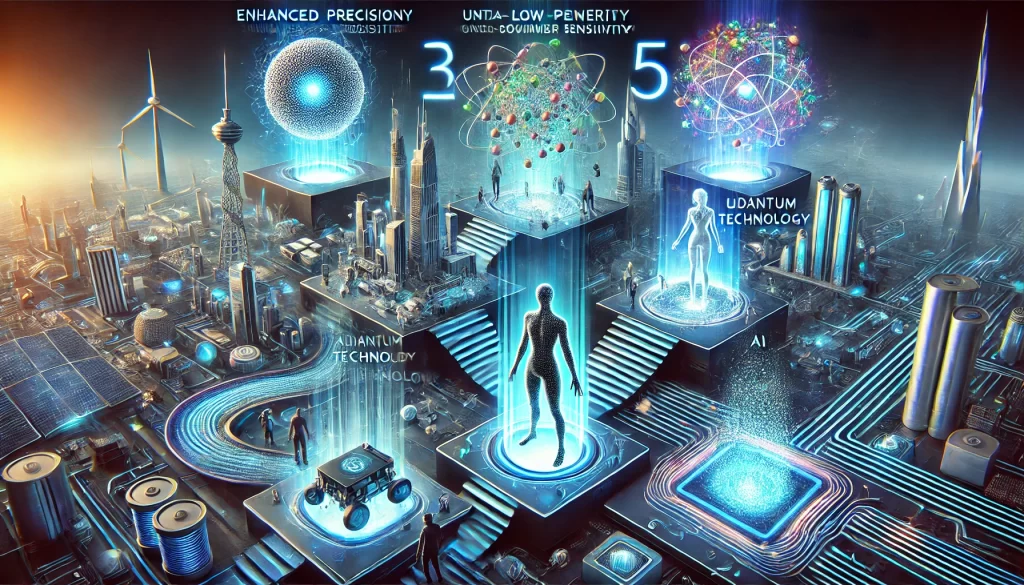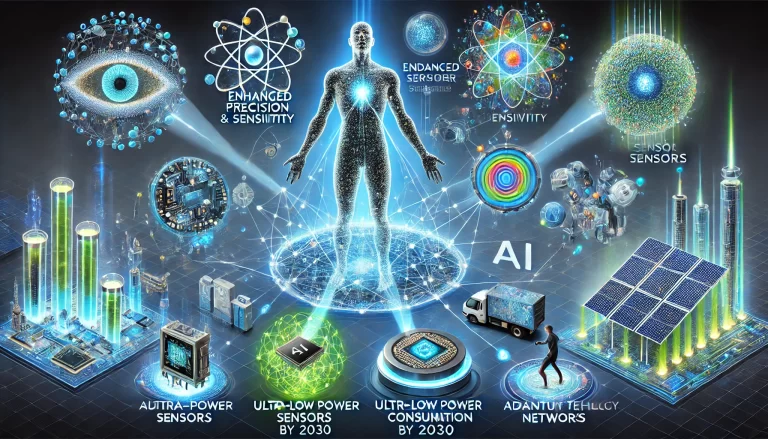Sensor technology serves as the cornerstone of modern innovation, playing a critical role across industries such as healthcare, environmental monitoring, and consumer electronics. Its integration with smart devices has facilitated real-time data collection and analysis, advancing automation, improving efficiency, and enhancing safety standards. As technology progresses, the demand for more complex, reliable, and intelligent sensors will continue to grow. By 2030, sensor technology is poised to undergo transformative changes, delivering capabilities beyond current expectations. This article delves into the anticipated developments in sensor technology by 2030 and examines the cutting-edge research and innovations driving these advancements.
A Brief History of Sensor Technology
Since its inception in the early 20th century, sensor technology has evolved remarkably. Initially, basic mechanical and electrical sensors were primarily used for industrial applications, laying the foundation for future developments. The mid-20th century witnessed a breakthrough with the introduction of semiconductor sensors, significantly enhancing precision and sensitivity.
The late 20th century saw the emergence of Micro-Electro-Mechanical Systems (MEMS), which revolutionized the field by enabling miniaturization without compromising performance. Entering the 21st century, the rise of the Internet of Things (IoT) further transformed sensor technology. Smart sensors equipped with wireless communication and data processing capabilities allowed seamless interaction with other devices.
Today, the integration of Artificial Intelligence (AI) and Machine Learning (ML) with sensors has elevated real-time data insights to levels once thought to be science fiction. As industries increasingly recognize the value of sensors for monitoring, data collection, and decision-making, the sensor market is expected to expand rapidly.

Future Frontiers: Sensor Technology in 2030
Sensor technology is set to advance significantly by 2030, redefining industries and everyday life. These advancements will enhance precision, energy efficiency, integration with emerging technologies, and more. Below are the five major evolutionary directions anticipated in sensor technology:
1. Enhanced Precision and Sensitivity
By 2030, sensors will achieve unprecedented levels of precision and sensitivity. Advances in material science, particularly nanotechnology, will enable sensors to detect the most subtle changes in environmental and biological conditions. Nanomaterials, known for their unique properties, will enhance the detection capabilities of sensors, allowing for earlier and more accurate medical diagnoses.
Beyond healthcare, these improvements will revolutionize environmental monitoring by detecting trace pollutants and atmospheric changes, facilitating more effective interventions. In industrial settings, higher precision will improve process monitoring, leading to enhanced quality control and operational efficiency.
Challenges and Solutions:
Challenge: Overcoming signal noise interference at nanoscale detection.
Solution: Development of advanced signal processing algorithms and noise-cancellation techniques.
2. Ultra-Low Power Consumption
Energy efficiency will define the next generation of sensors. With deployments in remote or inaccessible locations where frequent maintenance is impractical, ultra-low power consumption will be critical. By 2030, sensors are expected to operate on minimal power, potentially harvesting energy from their surroundings through technologies like ambient energy harvesting.
This involves converting light, heat, or vibration into electrical energy, extending sensor lifespan and reducing environmental impact by minimizing reliance on disposable batteries.
Real-World Applications:
IoT Networks: Self-sustaining sensor networks in smart cities and industrial IoT applications.
Healthcare: Implantable devices powered by body heat or movement.
Challenges and Solutions:
Challenge: Efficient energy harvesting in variable environmental conditions.
Solution: Hybrid energy harvesting systems combining multiple energy sources.

3. Integration with Quantum Technology
Quantum technology is poised to revolutionize sensor performance by 2030. Quantum sensors, leveraging principles such as superposition and entanglement, will offer unparalleled precision and sensitivity. This advancement will be especially valuable in fields requiring high-precision measurements, such as navigation, medical imaging, and environmental monitoring.
For example, in medical imaging, quantum sensors could detect minute magnetic field variations for non-invasive, highly detailed body scans. In navigation, they could measure gravitational fields with extreme accuracy, enhancing GPS precision.
Challenges and Solutions:
Challenge: Complexity and cost of quantum sensor development.
Solution: Miniaturization of quantum components and scalable production methods.
4. Advanced Biocompatible Sensors
Biocompatible sensors will become increasingly sophisticated, seamlessly integrating with the human body for continuous health monitoring. Made from flexible and biocompatible materials, these sensors will interact with biological tissues without causing discomfort or adverse reactions.
Advancements will enable sensors to become smaller, more flexible, and capable of monitoring a wider range of physiological parameters. Innovations like 3D-printed, stretchable sensors will further enhance wearable health technologies.
Potential Applications:
Wearable Devices: Enhanced accuracy in fitness trackers and smartwatches.
Implantable Devices: Chronic disease monitoring and targeted drug delivery.
Challenges and Solutions:
Challenge: Ensuring long-term durability and biocompatibility.
Solution: Development of skin-like, self-healing sensor materials.

5. AI-Driven Sensor Networks
By 2030, the fusion of AI with sensor technology will give rise to intelligent sensor networks capable of autonomous decision-making. These networks will optimize data collection, analysis, and response without human intervention. AI-powered sensors will process and interpret data locally, reducing latency and enabling faster, more precise real-time decisions.
This capability will be critical in environments requiring rapid responses, such as industrial automation, smart cities, and environmental monitoring.
Examples of Impact:
Smart Cities: AI-driven networks for traffic control, air quality monitoring, and energy optimization.
Industry 4.0: Predictive maintenance and real-time process optimization.
Challenges and Solutions:
Challenge: Data privacy and security concerns.
Solution: Implementation of robust encryption and edge-computing security protocols.

Conclusion
The future of sensor technology is brimming with exciting possibilities, poised to redefine industries and enhance quality of life. By 2030, advancements in precision, energy efficiency, quantum integration, biocompatibility, and AI-driven networks will spur innovations across various fields. Continuous research and development will pave the way for these breakthroughs, ensuring that sensor technology evolves to meet the demands of an increasingly interconnected and data-driven world. The coming decade promises a transformative era for sensor technology, shaping the future in ways once unimaginable.
